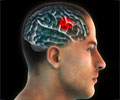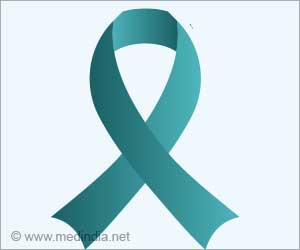Ependymomas are the second most frequent type of malignant brain tumor in children. Ependymoma develops from precursor cells of the tissue that lines the hollow cavities of the brain.

In 583 tissue samples of ependymomas of the cerebellum, the investigators studied the activity of individual genes and searched the genetic material for losses or gains of whole DNA segments. Two groups of these tumors were first analyzed independently and the results obtained were subsequently validated based on the tissue samples of a third group. In this way, the investigators obtained particularly valuable results.
The large-scale study has yielded clear results: Based on anomalies of their genetic material, ependymomas of the cerebellum can be classified in two distinct subgroups which also differ clinically. Group A ependymomas take an unfavorable course; such tumors often recur after initial surgery and they frequently metastasize, which ultimately leads to the death of many patients. Group A tumors have relatively few losses or gains of gene segments; however, very many genes that play a role in key cancer signaling pathways are activated.
By contrast, tumors of group B have a favorable prognosis, even though the genome of these cancer cells is highly unstable. Typical characteristics are gains of large segments of chromosomes 9, 15, 18 as well as losses of chromosomes 6 and 22.
"The genetic differences between these two types are so marked that we have to speak of two different diseases that may even arise from different original cells," says Stefan Pfister. The Heidelberg researchers will now take a closer look, in particular, at group A ependymomas in order to find out which of the genetic alterations is what is called the driver mutation, i.e. the mutation that causes carcinogenesis. In this way, they hope to identify potential targets for better drugs to specifically fight the more aggressive group A ependymomas. For several signaling pathways that are hyperactive in group A tumors, targeted drugs have already been developed and are currently being tested for other types of cancer in clinical trials. It is possible that some of these substances may be a treatment option for ependymoma as well.
But patients will also benefit from the results of the genome analysis in the near future: Using simple tests, doctors will be able to assign a case to one of the two subgroups and they will thus be in a better position to decide how intensive treatment must be.
Advertisements
Source-Eurekalert














